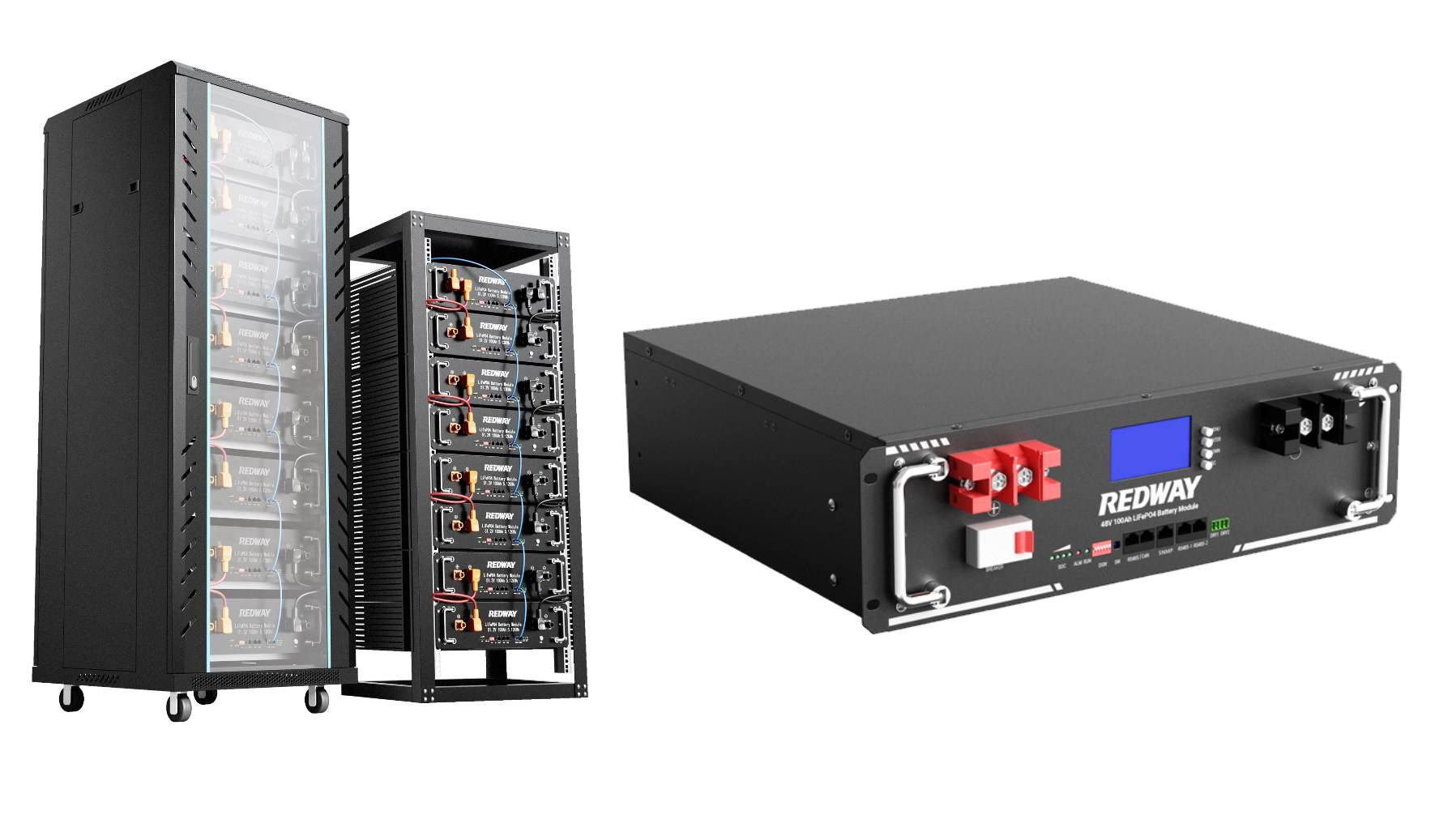Evaluating the efficiency and performance of a rack battery system is crucial for ensuring reliable energy storage and backup solutions. Key metrics include battery capacity, recharge time, durability, and overall system management. This guide will help you understand how to assess these factors effectively.
How do you measure battery capacity in rack systems?
Battery capacity is a fundamental metric that indicates how much energy a battery can store, typically measured in kilowatt-hours (kWh). The higher the capacity, the longer the battery can provide power during outages. To measure capacity accurately:
- Conduct Load Tests: Measure how long the battery can sustain a specific load before depletion.
- Monitor State of Charge (SoC): Regularly check the SoC to ensure it aligns with expected performance levels.
Chart: Battery Capacity Measurement
| Test Type | Description | Outcome |
|---|---|---|
| Load Test | Measures duration under specific load | Determines effective capacity |
| State of Charge Check | Monitors current charge level | Ensures consistent performance |
What is the importance of recharge time for battery performance?
Recharge time refers to how quickly a battery can return to full capacity after discharging. This metric is critical for applications requiring frequent cycling, such as data centers or renewable energy systems. Shorter recharge times enhance system reliability by ensuring that batteries are ready for use when needed.Factors influencing recharge time include:
- Battery Chemistry: Lithium-ion batteries generally recharge faster than lead-acid batteries.
- Charging Infrastructure: The quality and capability of chargers can significantly impact recharge efficiency.
How can you evaluate battery durability and reliability?
Durability and reliability are essential for maintaining consistent power supply. To evaluate these factors:
- Cycle Life: Assess how many charge/discharge cycles a battery can undergo before its capacity significantly degrades.
- Environmental Testing: Conduct tests under various environmental conditions (temperature, humidity) to ensure performance stability.
Regular maintenance checks also play a vital role in identifying potential issues before they lead to failures.Chart: Battery Cycle Life Comparison
| Battery Type | Cycle Life (Cycles) | Typical Use Case |
|---|---|---|
| Lithium-Ion | 2000 – 7000 | Renewable energy storage |
| Lead-Acid | 500 – 1500 | Backup power systems |
| Nickel-Cadmium | 1000 – 2500 | Industrial applications |
What strategies can optimize the performance of rack battery systems?
To maximize the efficiency and performance of rack battery systems, consider implementing the following strategies:
- Regular Maintenance: Schedule routine inspections and maintenance to identify potential issues early.
- Advanced Monitoring Systems: Utilize smart monitoring tools to track performance metrics in real-time.
- Optimal Cooling Solutions: Ensure that batteries operate within recommended temperature ranges to prevent overheating.
By proactively managing these aspects, you can significantly enhance the longevity and reliability of your rack battery systems.
What key performance indicators should be considered for energy storage?
Key Performance Indicators (KPIs) are essential for assessing the overall effectiveness of battery systems. Important KPIs include:
- Energy Efficiency: The ratio of energy output to energy input over a complete cycle, expressed as a percentage.
- Cost per Cycle: The total cost associated with each charge/discharge cycle, which helps evaluate economic viability.
- Response Time: The speed at which a battery system can respond to changes in load demand.
Monitoring these KPIs allows operators to make informed decisions regarding system improvements and investments.
Buy Wholesale Battery Tips
For those interested in bulk purchases, Redway Battery is an excellent choice for battery wholesale buyers or OEM orders overseas. To make OEM orders from a reliable manufacturer like Redway Battery:
- Identify your specific battery requirements.
- Contact Redway’s sales team with details about your order.
- Discuss customization options tailored to your needs.
Redway Battery has over 13 years of experience in manufacturing lithium batteries, which are a superior alternative to lead-acid batteries due to their efficiency and longevity.
Industrial News
The demand for efficient energy storage solutions is surging as industries seek to enhance their sustainability efforts amid rising energy costs. Recent advancements in battery technologies are leading to improved efficiencies and lower costs, making rack battery systems more accessible across various sectors, including renewable energy, data centers, and industrial applications.
Redway Expert Views
“Evaluating rack battery systems requires a comprehensive approach that considers both technical specifications and operational practices,” states an expert at Redway Battery. “By focusing on key metrics like capacity, recharge time, and efficiency, businesses can ensure they have reliable backup power solutions.”
FAQ Section
- How is battery capacity measured?
Battery capacity is measured in kilowatt-hours (kWh) and indicates how much energy a battery can store. - Why is recharge time important?
Recharge time affects how quickly a battery can be ready for use again after discharging, impacting overall system reliability. - What are key performance indicators for batteries?
Key performance indicators include energy efficiency, cost per cycle, and response time, all critical for assessing system effectiveness.



